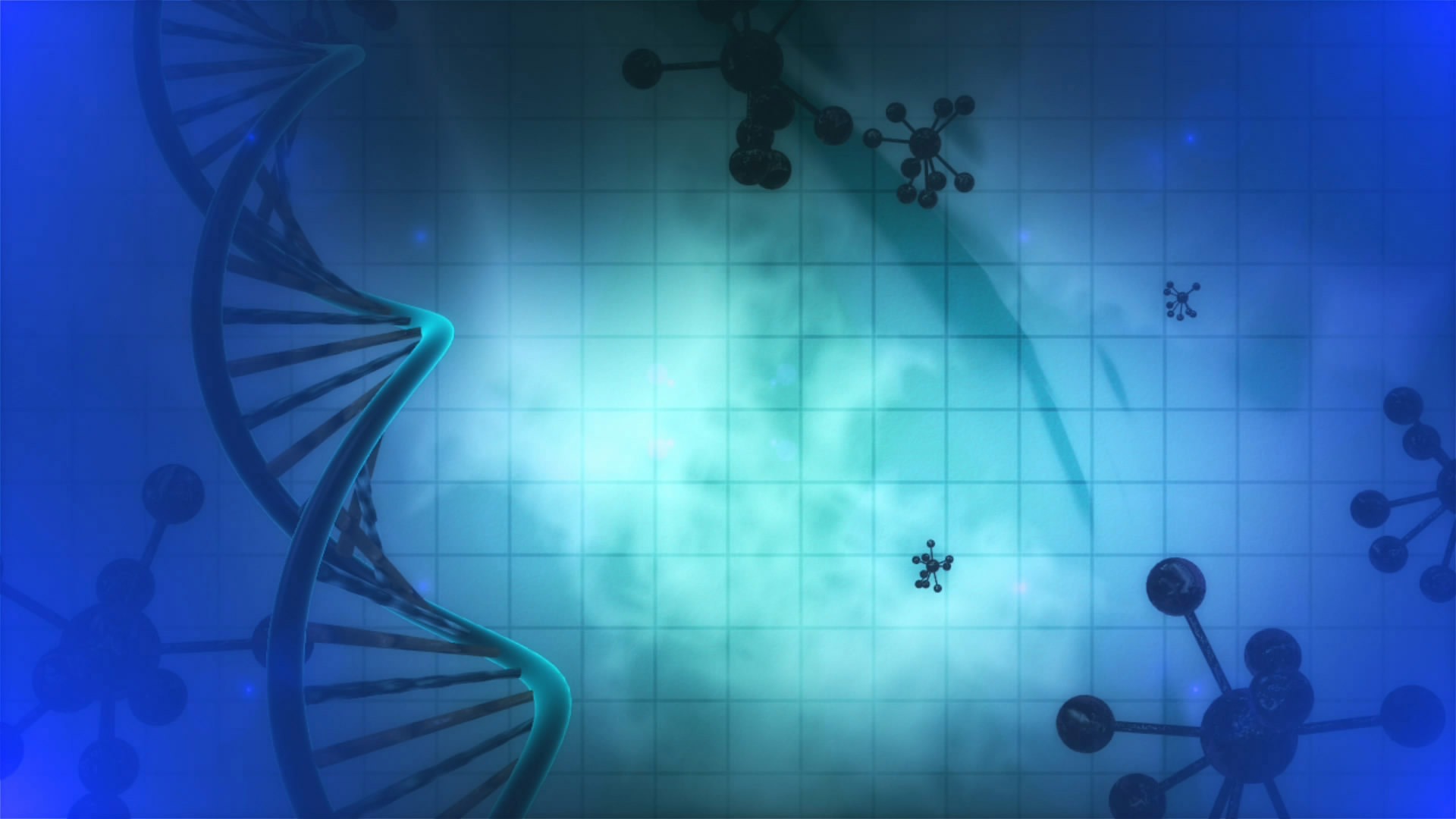研究者はAIを使って原子レベルまで組み立てている
こんにちは、ジャスティンです。
最近AIを使用した研究のニュースが増えてきています。人間には難しい仕事をAIに任せることにもなっております。今日はAIを使って原子でパーツを組みてる研究のニュースなのです。
元の記事は:
https://www.wired.com/story/scientists-are-using-ai-to-painstakingly-assemble-single-atoms/
になります。
最近AIを使用した研究のニュースが増えてきています。人間には難しい仕事をAIに任せることにもなっております。今日はAIを使って原子でパーツを組みてる研究のニュースなのです。
元の記事は:
https://www.wired.com/story/scientists-are-using-ai-to-painstakingly-assemble-single-atoms/
になります。
[日本語]
研究者はAIを使って原子レベルまで組み立てている
消費者用の3Dプリンタが市場に出回って以来、製造業の分野ではここ数年間、誇大宣伝がかなり行われています。いずれ原子を「インク」として使用する3Dプリンタてきな分子アセンブラが可能になると思われます。依然として夢物語であるにもかかわらず、原子レベルでの工学の分野は、AIの助けを借りていくつかの開発を実現してきました。
アルバータ大学の研究者、ロバート・ウォルコウ氏(Robert Wolkow)は、原子レベルでの製造業の開発を長年研究し、走査型プローブ顕微鏡(scanning probe microscope)の改善に取り組んでいます。このツールは世界一鋭い物体として知られて、針先は1本の原子の大きさに尖っています。
このツールは筆のように使って個々の分子を操作し、貴重かつ画期的な作業を達成することができました。この技術は単一の原子の中で世界で最も小さなトランジスタの構築をできました。ウォルコウ氏の新たな計画は、このツールを使用して、回路内の原子を操作することによって情報を保存する回路設計のコンピュータ・チップを作成することです。
現在のコンピュータ・チップには、電子を保持するトランジスタや、バイナリ・データ(1または0)を表すトランジスタがあります。これらの電子の移動は、単に情報を記録するために多くのエネルギーを使用します。しかし、新しい設計では、回路内に電子を持つ原子と電子を持たない原子が存在します。原子は、それらの間で電子を共有または移動させるために操作され、2進データを表すために使用されます。この配置は、電子の全電流を移動させるのではなく、電子を再配置することだけが必要とされるので、エネルギーが大幅に少なくなります。
研究者は、走査型プローブ顕微鏡を使用して、この設計のチップを製造するノウハウに対してかなりの期間持っています。走査型プローブ顕微鏡を使用するには単一の原子を操作するのが非常に難しく、多くの時間と忍耐を必要とするため、かなり難しいことでした。研究者らは、機械学習と「アトミック・ホワイトアウト」(“atomic whiteout”)と呼ばれる手法で原子の位置を修正する方法を組み合わせることで、このプロセスを合理化できることを発見しました。
これは具体的に言ますと、原子の位置における誤差は走査型プローブ顕微鏡が劣化により鈍くなってくるのが原因で、これを人間が研ぐ事はもの凄く難しい事です。
しかし、AIを使用する事で高い精度で研ぐことが可能となります。このAIは様々な原子のダングリングボンド(Dangling bond)の特定の奇形を認められるように機械学習をしてました。この機械学習のおかげで、原子のダングリングボンドが異常な状態と判断されると走査型プローブ顕微鏡が鈍くなったと認識し、走査型プローブ顕微鏡の先を研ぐことできるようになりました。
この技術を用いる事により、原子規模での製造の経済活動が可能になりました。
ウォルコウ氏の目標は、前述のチップデザインを年に数百万生産できるようにすることです。この研究のおかげで他の研究も助かってることになっています。例えば、ヨーロッパの研究者は、単一の原子からコンピュータメモリを構築することができました。オーストラリアの研究者はシリコン上にリン原子を配置した量子コンピュータのパーツを構造できました。この研究の成果のおかげで走査型プローブ顕微鏡を使用することが容易になりました。
[English]
Researchers are using AI to assemble down to the atomic level
There has been quite a bit of hype over the last couple years in the realm of manufacturing since consumer 3D printers have hit the markets. Some have even speculated that someday we may even have a universal 3D printer that uses single atoms as its “ink” to potentially make anything imaginable. Although still a pipedream, the realm of engineering on the atomic level has seen some development with the help of AI.
Robert Wolkow, a researcher at the University of Alberta, has spent much of his career developing manufacturing at the atomic level and has been working to improve the scanning probe microscope. Known as the sharpest object ever made, it has a needle tip that is sharpened to the size of a single atom wide.
Researchers would use this tool much like a paintbrush to manipulate individual molecules and were able to achieve some valuable groundbreaking works. Once such example of their works is the construction of the smallest transistor in the world out of a single atom. Dr. Wolkow’s new plan is to use this tool to create computer chips with a circuit design to store information by manipulating atoms in the circuit.
The chips in our computers now have transistors that either hold electrons or release them to represent binary data (1 or 0). The moving of these electrons uses a lot of energy just to record information. But with the new design, there would be atoms in the circuit that has an electron and others with no electrons. The atoms would be manipulated to share or move electrons between them to which would be used to represent binary data. This arrangement uses significantly less energy since it would only be required to rearrange electrons rather than moving entire currents of electrons.
The researcher have the knowhow of manufacturing chips of this design using the scanning probe microscope for quite some time. The difficulty was using the scanning probe microscope as it is very difficult to use to manipulate single atoms and requires much time and patience. Researchers have found that they are able to streamline this process by combining machine learning with a method of correcting an atom’s position in a technique called “atomic whiteout.”
This is essentially the usage of an AI to sharpen the tip of the probe and correcting errors in atom’s positions. Based on machine learning, this software scans and the condition of the probe and reconditions the tip. They trained their AI to recognize the specific malformation in the structure in surface dangling bonds of various atoms.
This technique could potentially greatly increases the economic viability of manufacturing on an atom by atom scale. Dr. Wolkow’s goal is to be able to produce millions of the previously mentioned chip designs each year. The benefits of this research may be benefited by may other applications. European researchers, for example, were able to construct a computer memory from single atoms. Australian researchers have made quantum computers components with the placement of phosphorus atoms on silicon. Even if these were not able to be economically optimized, the research has made it easier for others in the field to use the scanning probe microscopes.


